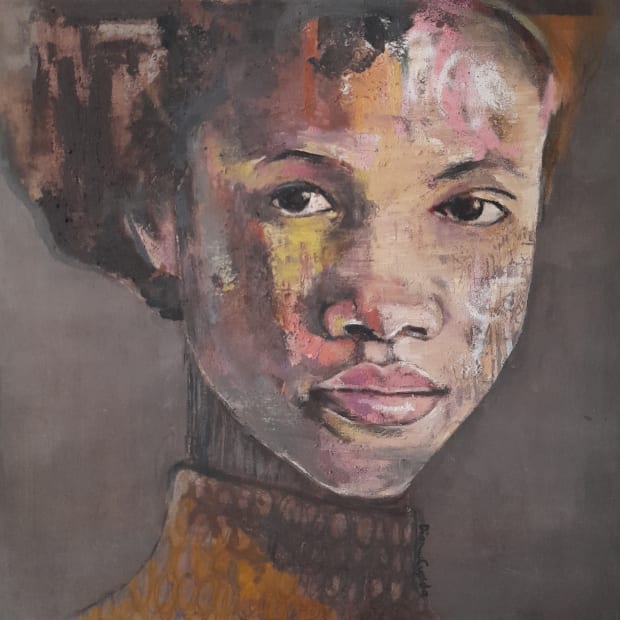Q: What would you say is the importance of graffiti and street art, particularly for marginalised communities?
A: I am double minded about the graffiti. When I started using graffiti, it was more graffiti tagging, which is very much part of hip-hop culture. At the time it was culture that you grew up in, before it became more art based. It was the kind of culture that let everybody know you were in a certain place at a certain time. So people put their names in the weirdest of places. Graffiti has always been a way of saying ‘look I am here’, ‘count me in’, ‘I am one of many’. From that perspective it is positive. Young people need a platform to express themselves.
There is the idea that some people have about beautifying the community, but initially graffiti had nothing to do with the community. It was a lot of communicating between groups within the culture. So when you see the lettering, it is so complex and you have to be in on it to know what it is saying. It is like abstract code, if you show somebody that is not in the know, chances are that they are not going to like it.





